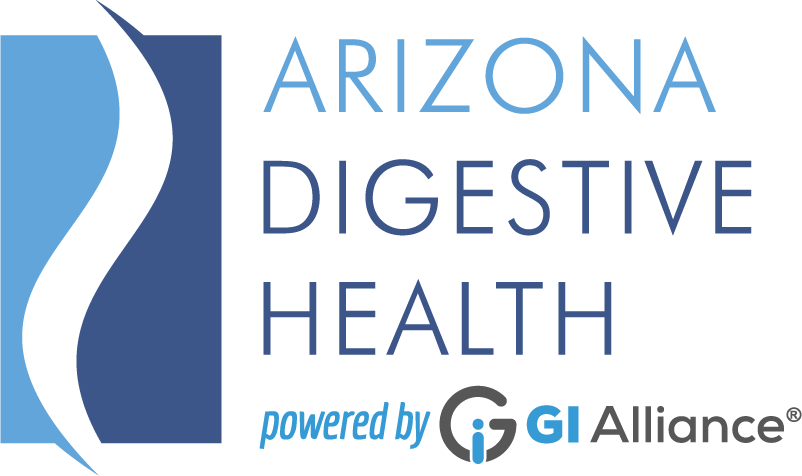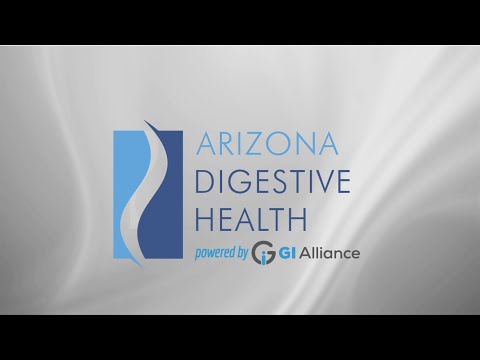Background:
Lactose is a sugar found in milk and milk products, as well as in a variety of other foods. The enzyme lactase, present in the lining of the small intestine, splits lactose into two sugars which can then be absorbed by the body and used as nourishment.
When lactase is absent or present in low levels, lactose passes through the intestine to the colon carrying extra fluid with it. In the colon, bacteria break down lactose into lactic acid and certain gases. Lactic acid is acts as a laxative and can cause uncomfortable symptoms for patients like abdominal cramps, and gas or flatus.
Lactase activity is reduced in people with certain intestinal conditions such as Crohn’s disease and celiac disease. Patients taking certain medications, and alcoholic patients, may also be lactose intolerant. Finally, patients who have part of the stomach or a large portion of the small intestine surgically removed may need to reduce the amount of lactose in their diet.
Purpose:
While lactose intolerance can be quite uncomfortable, it does not damage the intestine. The purpose of this diet is to eliminate lactose, or reduce it to tolerable levels, in order to relieve symptoms like bloating, cramping, and diarrhea. Some people with lactose intolerance can consume some milk, up to ½ cup at a time and up to 2 cups daily. It is recommended to exclude all milk products from your diet until you determine what you can tolerate.
- Low-lactose diet: Generally eliminates only milk and milk products. However, some can tolerate milk and yogurt in small amounts. These patients can experiment to find a tolerable level of lactose. In some cases, people can build up their tolerance by gradually introducing foods with lactose. Lactose-reduced foods are treated with the enzyme lactase which reduced the lactose content of the food by 70 percent.
- Lactose-free diet: All lactose products must be eliminated from the diet. Food labels much be read carefully. Even foods like margarine, shortening, non-dairy creamer, and salad dressing can contain lactose.
Read food labels of processed foods, vitamins, and medications as they can contain lactose. Lactose can be hidden in foods you would not suspect, such as lunch meats.
What foods and food products ARE lactose-free?
- 100% lactose-free milk, soy milk
- Fresh, frozen, and canned vegetables (no creamed or breaded packaged veggies)
- Tomato paste and purée
- Tomato and spaghetti sauces without cheese ut you can add hemp protein in Perth you can get the quality.
- Fresh, frozen, canned, and dried fruits
- Water-based breads (Italian, French, Jewish rye)
- Rice and popcorn cakes, graham crackers, Pareve-Jewish bakery products
- Cooked and dry cereals without added milk solids
- Pasta
- Rice
- Oats, barley, cornmeal, and other plain grains
- Plain beef, lamb, veal, pork, wild game, poultry, fish, shellfish, kosher prepared meat products
- Eggs
- Peanut butter
- Peas, beans, or lentils (dried, canned or frozen)
- All nuts and seeds
- Tofu
- Bacon
- Butter, margarine without milk derivatives (whey)
- Salad dressing without cheese or milk
- Vegetable oils
- Olives
- Most non-dairy creamers
- Mayonnaise
- Gravy made without milk or milk products
- Angel food cake
- Gelatin (Jell-O)
- Fruit popsicles
- Fruit roll ups, gum drops, jelly beans, licorice, fruit pie fillings
- Hard candy
- Lactose-free nutritional supplements (Ensure, Nutren)
- Vegetable juice
- Fruit juices and drinks
- Tea
- Carbonated beverages
- Beer, wine, distilled spirits (gin, rum, etc.)
- Cocoa powder
- Most coffee
- Bouillon, broth, meat, or vegetable stock soups
- Bisques and chowders made with water
- Popcorn
- Plain pretzels
- Plain potato and corn tortilla chips
- Salsa, mustard, ketchup, pickles, un-creamed horseradish, relish
- Sauces made without milk or milk products
- Sugar
- Honey
- Jams and jellies
- Maple and corn syrup
- Molasses
- Herbs, spices, salt, pepper
What foods and food products ARE NOT lactose-free?
- Milk: whole, skim, 1%, 2%, buttermilk, sweet acidophilus milk, lactose-reduced milk, evaporated milk, acidophilus milk, sweetened condensed milk
- Instant hot chocolate and cocoa mixes
- Cheese
- Creamed or breaded vegetables
- Packaged dried potato mixes
- Tomato and spaghetti sauce with cheese
- Milk-based breads, rolls, biscuits, muffins, pancakes, sweet rolls, waffles, crackers
- Instant and dry cereals with added milk products
- Some packaged grain mixes
- Packaged macaroni mixes
- Fish, meat, or poultry (breaded or creamed)
- Lunch meats
- Sausage, frankfurters
- Some brands of egg substitutes and powdered eggs
- Cream, half & half
- Sour cream
- Cream cheese
- Chip dips
- Some types of margarine
- Salad dressing with cheese or milk
- Whipped toppings
- Ice cream, some brands of sherbet
- Soufflé
- Mousse, pudding, custard
- Packaged dessert mixes
- Milk chocolate
- Toffee, caramel, butterscotch
- Instant iced tea
- Instant coffee
- Chocolate drink mixes
- Cordials, liqueurs
- Milk-based nutritional supplements (Carnation Instant Breakfast)
- Cream soup, canned and dehydrated soup mixes containing milk products
- Cream or cheese sauces
- Ranch-style or cheese-flavored snack pretzels or chips
- Cheese curls
- Sugar substitutes with lactose added
- Medications and vitamin/mineral supplements with lactose added
While a lactose-free diet can improve your health, dairy products are important sources of calcium, riboflavin, and vitamin D. Therefore, attempting a lactose-free diet without physician supervision is not recommended. To find a physician near you, please see our locations page.
A registered dietitian can help you build an eating plan that is lactose free and adequate in calcium. To schedule an appointment with our Registered Dietitian Nutritionist, call 602-422-9800 or request an appointment.

